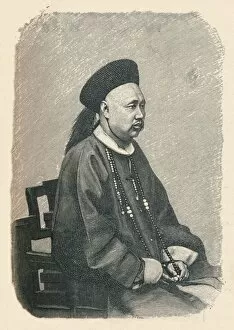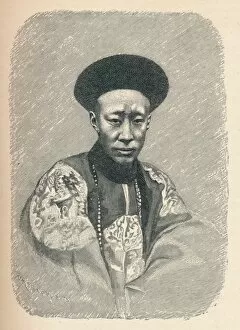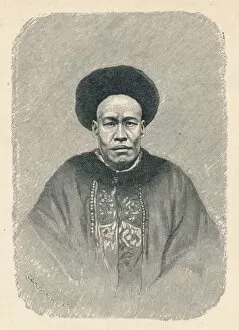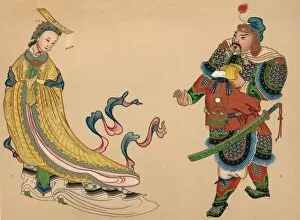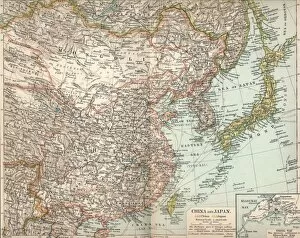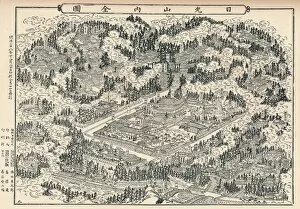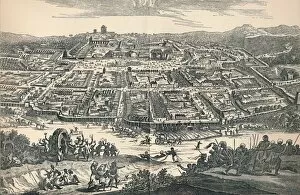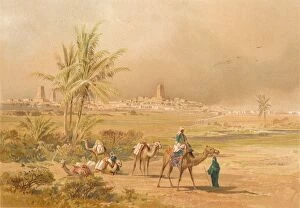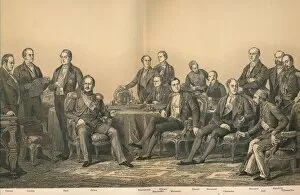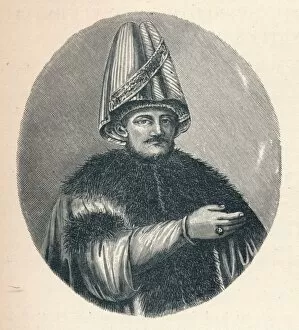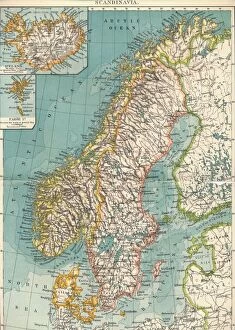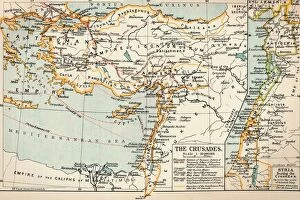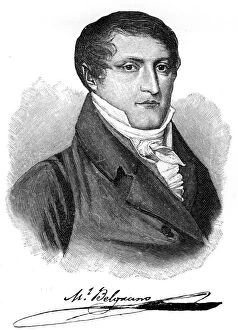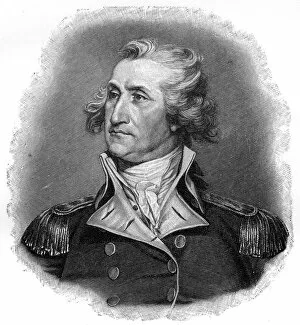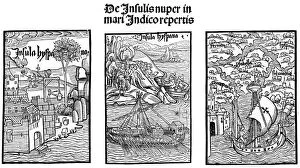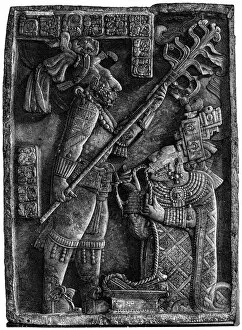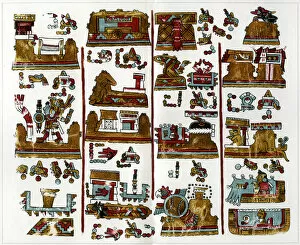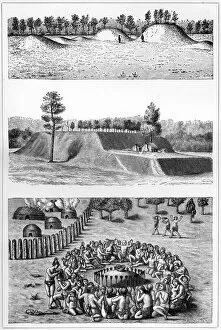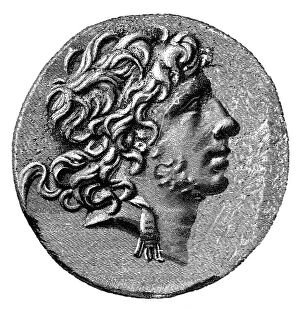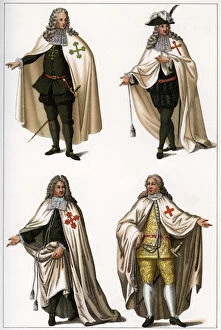Hans F Hans Ferdinand Collection (#2)
"Hans F Ferdinand: A Journey Through Time and Art" Step into the world of Hans F Ferdinand, a collector of historical artifacts and lover of art
For sale as Licensed Images
Choose your image, Select your licence and Download the media
"Hans F Ferdinand: A Journey Through Time and Art" Step into the world of Hans F Ferdinand, a collector of historical artifacts and lover of art. His collection is as diverse as it is fascinating, showcasing pieces from various eras and regions. One notable piece in his collection is the remains of the house belonging to Lucius Caecilius Iucundus, a prominent banker from Pompeii. This artifact offers a glimpse into the daily life of an ancient Roman citizen. Another highlight is "The Heroes of South American Independence, " a captivating painting that depicts key figures who fought for freedom in South America during the 19th century. The artist's skill brings these heroes to life on canvas. Tigranes, King of Armenia, also finds his place among Hans' treasures. This regal portrait showcases Tigranes' power and influence during his reign in ancient times. Hans' interest in history extends to Ancient Greece as well. He proudly displays a beautifully detailed map that provides insight into this legendary civilization's geography and city-states. Moving forward in time, we encounter Ivan IV, known as Ivan the Terrible. A painting captures this enigmatic ruler's essence with intricate details that reflect both his power and inner turmoil. Vlad III, Prince of Wallachia - famously known as Vlad the Impaler or Dracula - holds an eerie presence within Hans' collection. These portraits depict him at different stages of his life when he ruled over Wallachia with an iron fist. The front view of Abbey Church Saint Denis stands tall among other artworks; its significance lies in being the burial place for French kings throughout history—a testament to their grandeur even after death. A page from Codex Balduineus transports us back to Henry VII's march upon Rome—an event marked by battles and court proceedings depicted vividly through stunning illustrations preserved within this codex.


